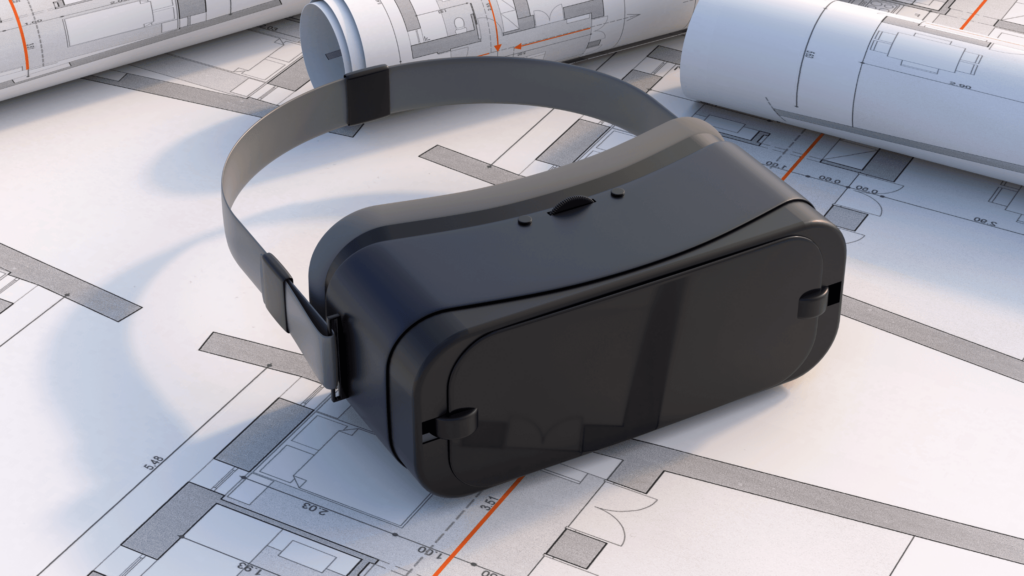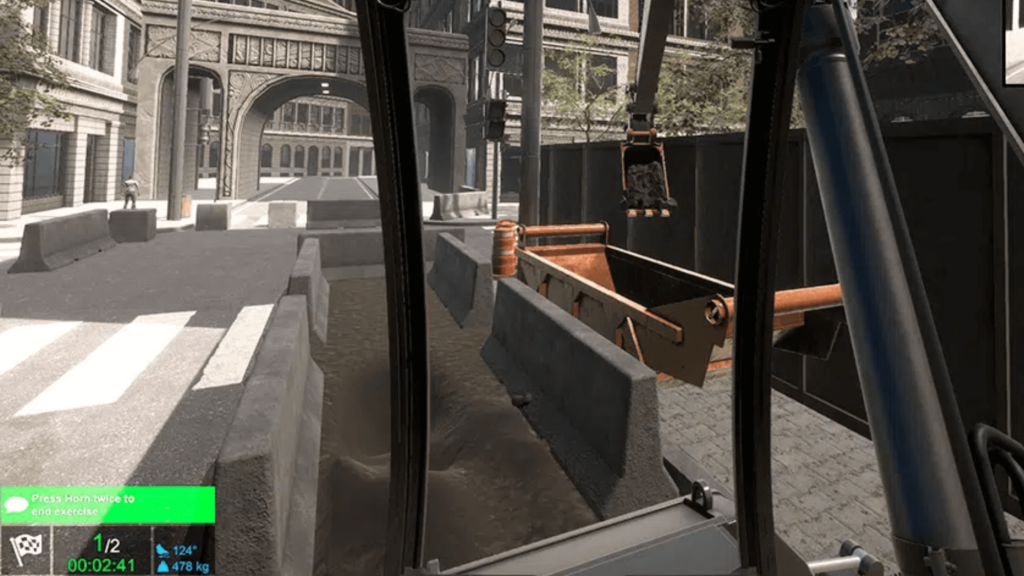Your business’s safety training methods are one of the most important resources your employees can access. A study analyzing the effectiveness of safety training methods showed that active teaching is the most effective method of education. By using practices such as demonstration and simulation, virtual and augmented reality, and discussion and gamification, workers can put themselves in realistic scenarios and learn on their feet.
The article studied and evaluated the most popular training methods quantitatively and qualitatively using multi-criteria analysis and the Strengths, Weaknesses, Opportunities, and Threats (SWOT) methodology. Here is a detailed breakdown of the study.
What is active teaching?
Active teaching methods involve engaging students by creating, investigating, discussing, and thinking in their learning. Students practice their skills by problem-solving, delving into complex questions, making decisions, proposing solutions, and articulating their ideas orally and in writing.
Active teaching is a more hands-on, participatory approach to learning than a formal lecture or learning by reading. Students are meant to engage vocally and sometimes physically to absorb the lessons actively.
Active teaching methods
Discussion and gamification
Discussion refers to chatting and brainstorming between learners or between teacher and learner. Conversely, gamification involves integrating game mechanics into various scenarios to elevate learning, critical thinking, and problem-solving skills.
Active teaching, built on heavily encouraged student discussion, is crucial for expanding knowledge retention and fostering relationships between students. It also encourages thoughtful reflection and allows learners to gain different perspectives on the topics within the lessons.
Implementing features from the gaming world is said to positively affect students trying to reach predefined goals, such as learned safety practices. The outcome of success with gamification depends on how it’s utilized, with hands-on problem-solving and direct practice experience being particularly effective. Gamification is meant to increase interest and engagement in the lesson content and improve the overall learning experience for students. Students from the study cite they value narrative material and find it easier to grasp than learning from a traditional lecture.
Discussions and gamification significantly elevate participants’ engagement in a construction industry context. Encouraging discussion among peers to share ideal safety practices or ways to improve safety processes would benefit the workplace, and gamifying their learning would make it more memorable when applied to real-world situations.
Virtual and augmented reality

Virtual and augmented reality are becoming increasingly popular among the construction and trade industries. Both augmented reality (AR) and virtual reality (VR) utilize gamification elements, but they apply more tailored solutions for cultivating safe behavior. The evolution of AR and VR technology has advanced from solely visual training to more experience-based safety training.
AR creates a learning environment where computer-generated lessons are paired with the students’ real-world situations. Workstations and equipment based on AR are perfect for safety-related training, allowing a direct translation of safety education from reading-based learning to applicable work scenarios.
VR offers students a computer-generated virtual 3D environment, allowing educators to create detailed training scenarios. This will enable students to explore more complex safety training scenarios or practice more resource-intensive problem-solving without the real-life implications. Advanced safety training in construction and emergency response training is particularly well-suited for VR.
In construction, the job site has grown increasingly complex. The business environment is fast-evolving, and employees must not only retain professional knowledge and skills but also gain physical experience, keep their knowledge flexible, and adapt to a quickly evolving industry landscape.
Demonstration and simulation

Finally, we have demonstration and simulation as a form of active teaching. Demonstration involves the educator performing a task successfully to impart knowledge. Students should perform tasks sequentially to have the best chance of success in consolidating knowledge and retaining the information. Simulation also involves VR but is often paired with equipment to give the students a more realistic idea and practice of the topics they are to learn.
Both demonstration and simulation focus on unit and individual learning processes, which boost the progressive development of learning and focus on the intricacies of behavioral modeling. Behavior modeling involves observing a demonstrator, engaging in the same practice, and receiving particular feedback to improve behavior. These lessons include practical demonstrations paired with simulations that require students’ participation.
Aside from being more effective than lecture-style learning at capturing attention, demonstration and simulation provide students with greater enjoyment when applied in practice. The lessons’ content can be serious and relevant to the job site, but they can also offer entertainment in tandem with informative lessons. For learning to be most effective, students must receive enjoyment or a positive impression.
In the construction industry, demonstration and simulation are becoming increasingly popular as software advances. These quality tools and instructors provide safety content closely related to the worker’s everyday experience, making the transition to the job site smoother and safer.
How the construction industry can benefit from active teaching
As training and teaching methods evolve and incorporate more technology, the construction training landscape should evolve with it.
For example, using VR, AR, and simulators when providing equipment training would significantly reduce safety risks, overhead costs, and labor costs. By encouraging discussion, gamification, and demonstration, the workers are more actively engaged and more likely to retain pertinent information.
There still is a time and place for written instruction in the workplace, such as simple onboarding, memos, newsletters, announcements, and short-form information. But, when training or lessons that require knowledge retention are involved, pairing the teaching with active learning is crucial for everyone on the job site.
Bottom line
Implementing a teaching method that resonates with your workers is crucial. By utilizing active teaching techniques like discussion and gamification, AR and VR, and demonstration and simulation, you can better ensure that learning is engaging and effective for your workers.
Practical safety training helps your new workers in the short term and promotes a safer environment for everyone in the long run. Traditional lecture teaching methods may still work, but they are less effective for engaging and retaining initial knowledge. The more you can lessen the risk of incidents and injuries, the better.




4 comments